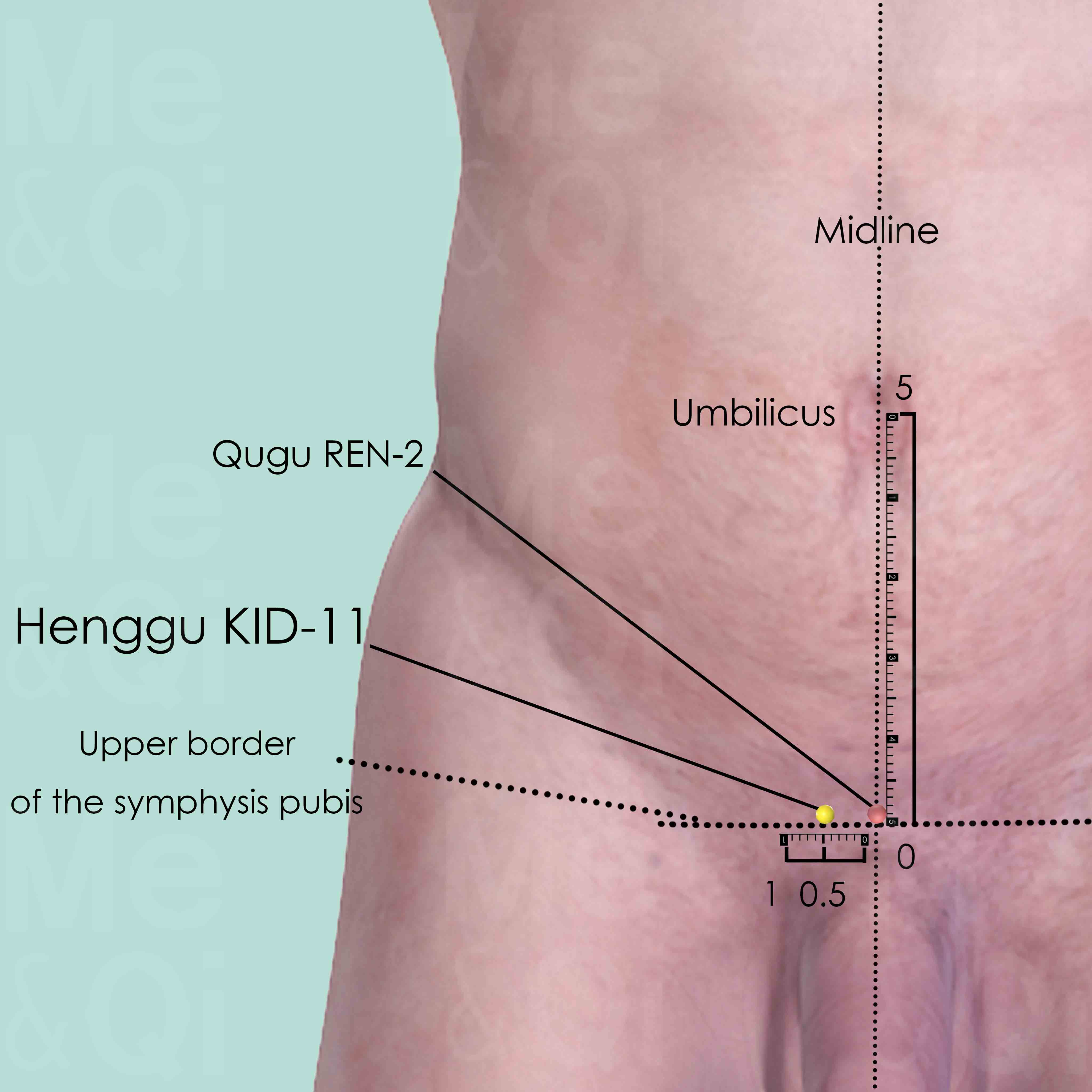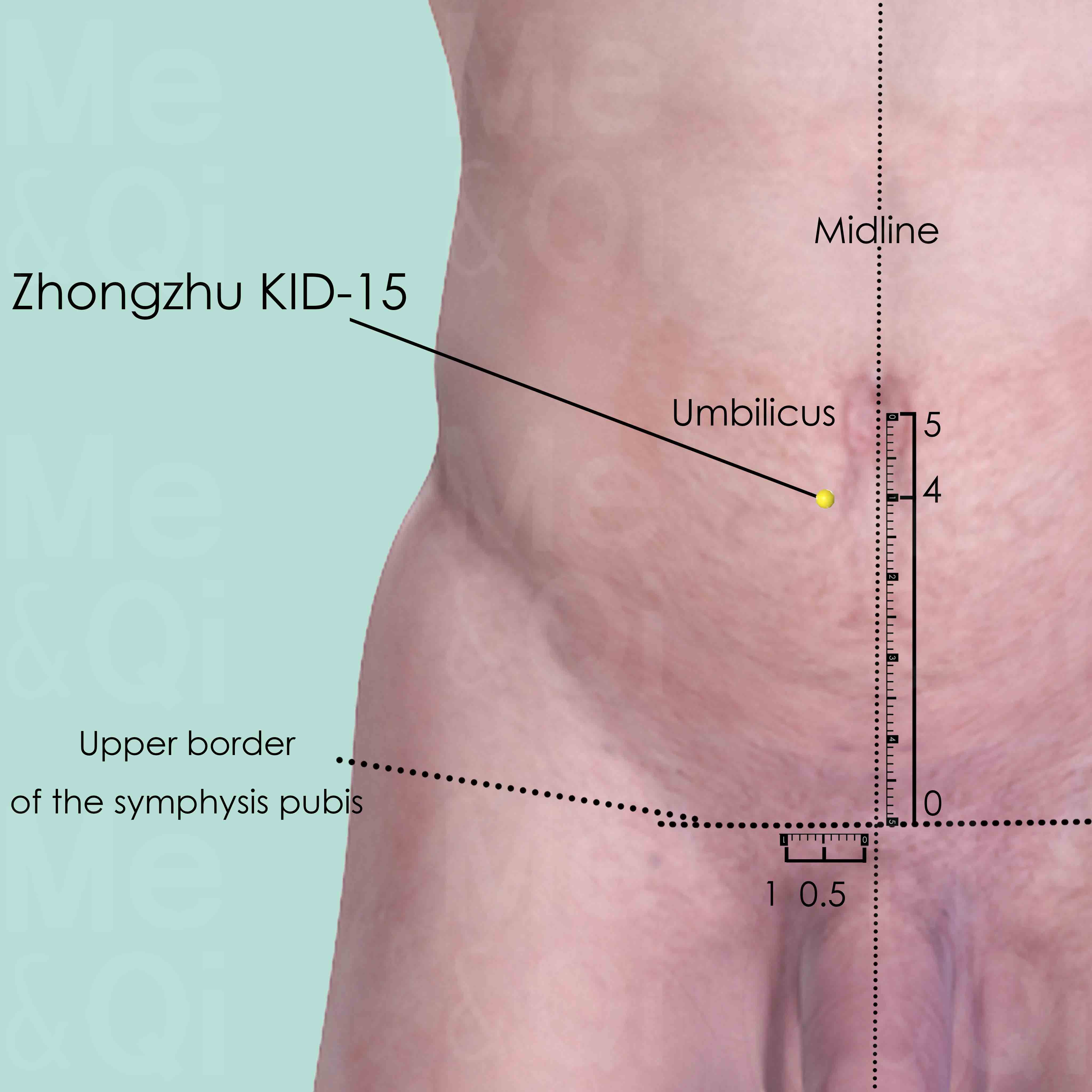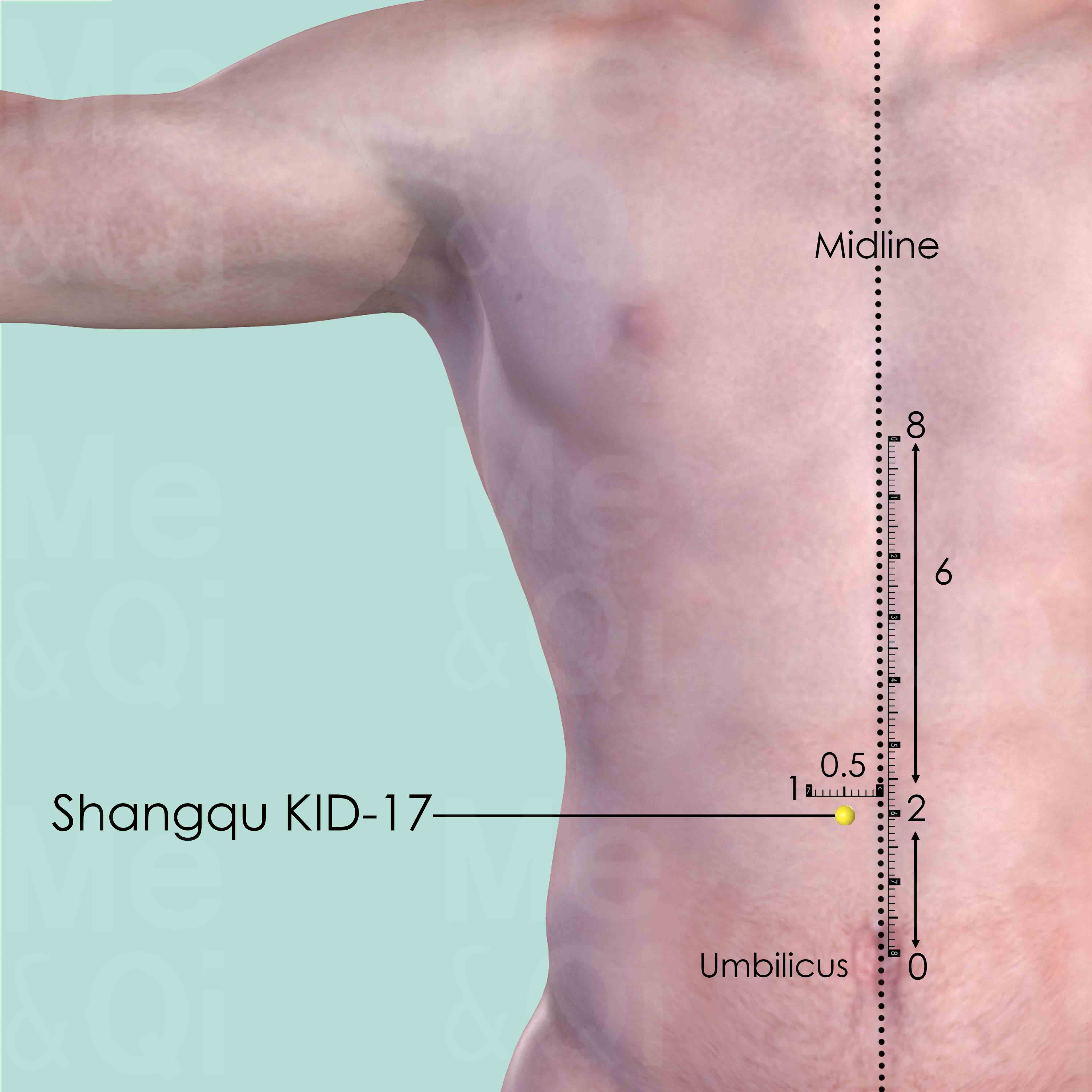Inner Canthus Painaccording to TCM
Symptom family: Eye Disorders and Symptoms
Parent symptom: Canthus Pain
What is Inner Canthus Pain?
Inner canthus pain refers to discomfort or pain located at the inner edge of the eyelid, near the nose. This type of pain can manifest as a sharp, dull, or burning sensation in the medial canthus, the area where the upper and lower eyelids meet near the nose.
It can be associated with various conditions, including infections, inflammation, or blockages of the tear duct. Inner canthus pain can range from mildly irritating to severely debilitating, impacting daily activities and overall eye health.
How does TCM view Inner Canthus Pain?
Traditional Chinese Medicine (TCM) approaches inner canthus pain from a holistic perspective, distinct from Western medicine. In TCM, this type of pain is seen as a symptom of underlying imbalances in the body's Qi (vital energy), Blood, and Yin-Yang harmony.
The condition may be related to factors such as Liver Heat, Wind invasion, or Dampness affecting the eye. TCM practitioners focus on identifying these patterns of disharmony to effectively treat the symptom, emphasizing the importance of addressing the root cause for long-term relief.
Acupoints for Inner Canthus Pain
In TCM, specific acupoints are targeted to alleviate inner canthus pain, based on the underlying disharmonies. Points in the Kidney Channel such as Henggu KID-11, Shangqu KID-17, Shiguan KID-18, and Zhongzhu KID-15 are utilized for their actions in moving Qi and blood, resolving Dampness, clearing Heat, and harmonizing the Stomach.
These points are strategically chosen for their effectiveness in addressing the key patterns associated with inner canthus pain. Stimulating these acupoints can help to alleviate discomfort and restore balance, reflecting TCM's comprehensive approach to ocular health.
Explore below some acupoints used to address inner canthus pain, organized by meridian.
- By Meridian
- Kidney Channel

Henggu KID-11
5 cun below the umbilicus, on the upper border of symphysis pubis, 0.5 cun lateral to the anterior midline. It is at the same level as Qugu REN-2 which is at the anterior midline.



